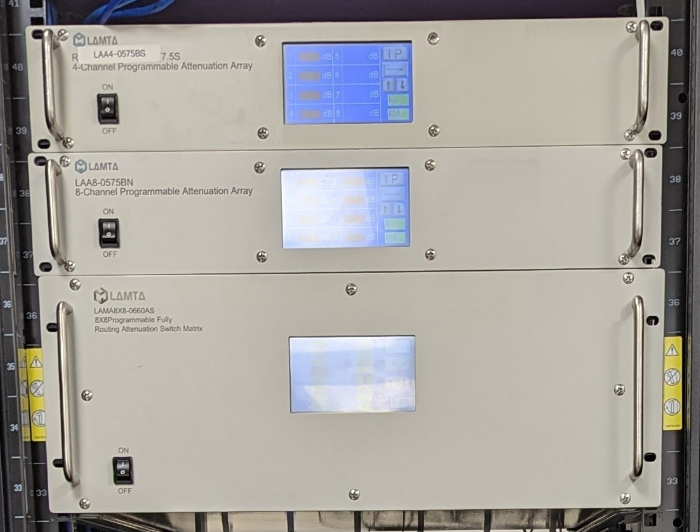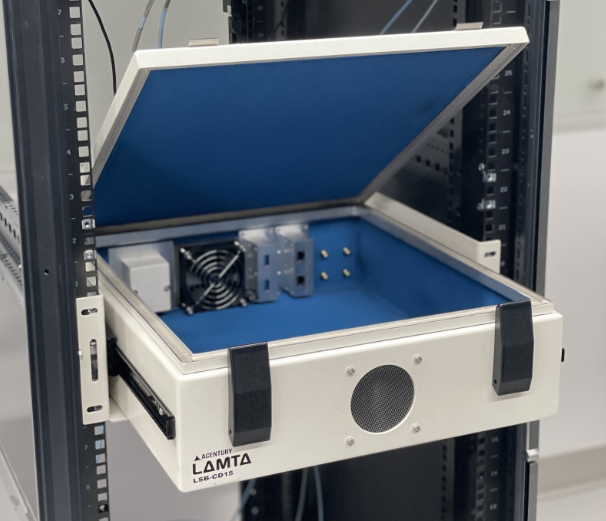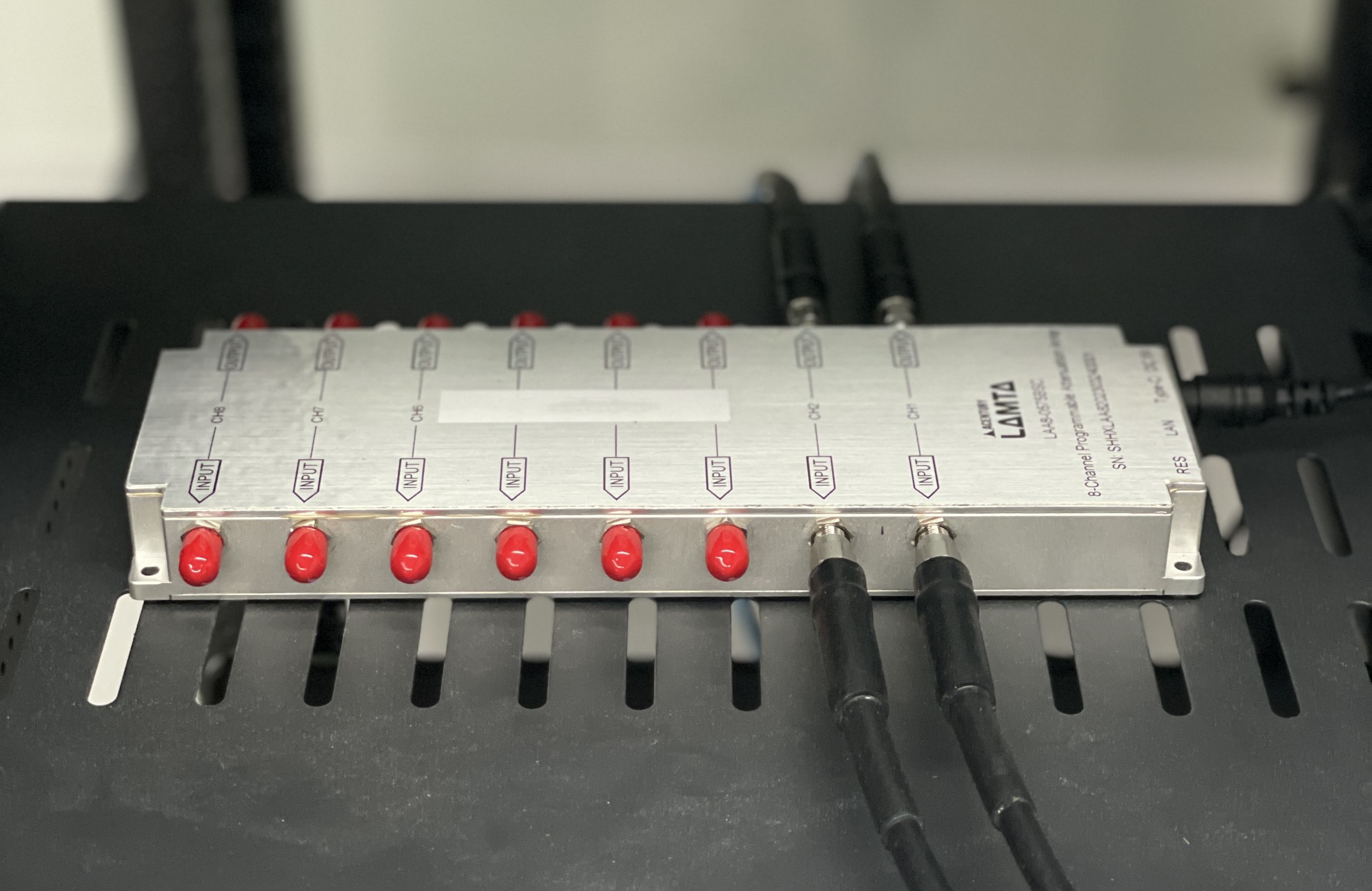Reducing Power Consumption and Operational Costs in the RF Lab
Finding ways to conserve energy is a priority for every organization. Not only is it important to limit our greenhouse gas emissions, reducing energy use can also have a significant benefit in lowering operating costs.
An RF lab typically has a lot of power-hungry test equipment. It is common for each testing station to have an RF shield box with a device under test (DUT), as well as a programmable attenuator, PC and perhaps some other equipment as well. In busy labs, this equipment can consume a lot of power. However, this equipment can also sit idle for long periods when no one is using it, and it is almost certainly left powered on. When there are many test stations, this power consumption can add up.
One way to address this challenge is to centralize the testing equipment so they are shared among multiple testers.
Sharing is caring
By using a central RF attenuation matrix, all RF signal distribution and attenuation control is centralized into a single location. Individual programmable attenuators (and their control PCs) are no longer required at east test station. This reduces power consumption for each test station, as well as reducing the cost, complexity and space requirements for each one. Testers can control the attenuation remotely using their individual PCs.

Sharing RF shield boxes in a similar way can also help reduce energy use. Devices Under Test (DUT) can be pooled and shared among multiple testers. In this way, fewer of them are needed, and it only requires the ability to schedule resources effectively.

Another way to save power in the lab is to choose equipment that is more energy-efficient, such as compact variable attenuators. These devices offer the same functionality and performance as full-sized attenuation arrays, but they do not have the same internal control electronics or external displays. Therefore, they use less energy themselves. They also take up much less space, which means that lab space can be reduced, leading to indirect energy savings as well.

LAMTA can help save power
Solutions like LAMTA enable the remote control of RF signal distribution and attenuation control through centralized RF switch matrices. Labs equipped with LAMTA don’t need as many individual programmable attenuators, or as much dedicated lab desk space. In fact, testers don’t even need to be in the same location. This leads to a reduction in direct and indirect energy consumption.
LAMTA also allows a lab administrator to assign RF shield boxes and chambers to specific testers. This allows shared test equipment to be used by multiple users more effectively. Shared resources mean fewer of them are required, and this also leads to reduced energy consumption and lower costs.
Managing energy consumption and saving power is just another way LAMTA can help improve wireless lab operations.
For more information, click here.
To learn more about our LAMTA product, click here
Contact us if you have any further questions by reaching out to us here
Related Articles
Application Note: Handover Testing Made Simple
How to Use Software Control to Automate RAN Testing for Advanced Mobility Scenarios and Log Analysis
Part 2: How CI/CD methodologies can be applied to 5G RAN Testing and Deployment
Have a question or comment?
We'd love to hear it. Fill out our General Inquiry Form or reach us directly at: info@acentury.co
CONTACT US